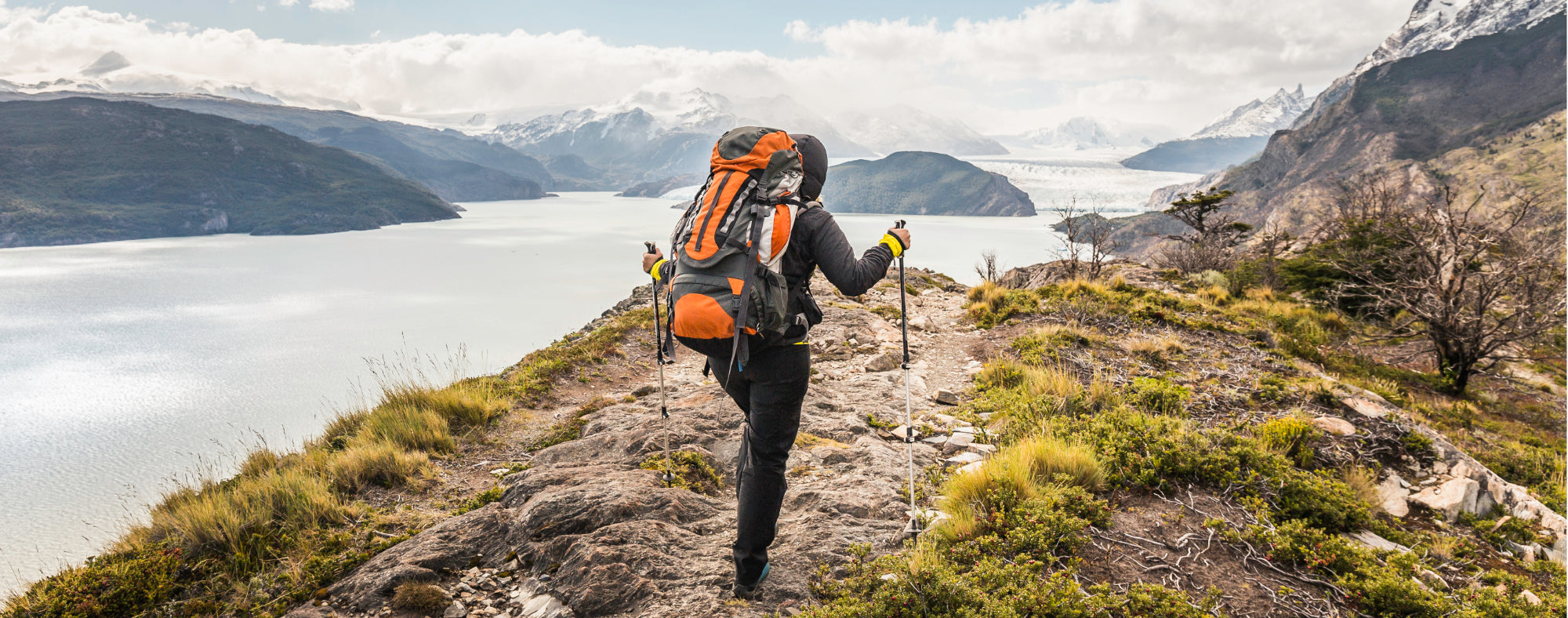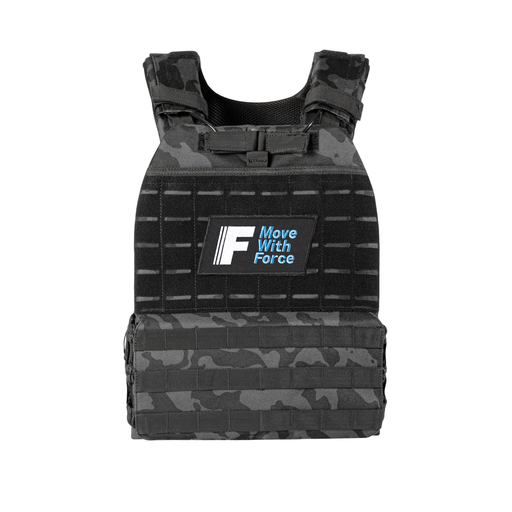
How to build hiking fitness and get hill-fi
Hiking and hill walking are amazing ways to get fitter, healthier and stronger. But what’s the best way to actually build hiking fitness? Is there a training plan to follow? Here’s what we know about training to be hill-fit.
How do you get fit for hiking?
Whether you intend to go on long hikes at the weekends, or spend your holidays tackling epic hiking adventures, you need to get fit for it. Even though hiking is essentially just walking, it needs a lot of CV fitness, strength and endurance.
Hiking can be done all year round (with the right clothing) so there’s no need to wait til Summer to start building your hiking fitness. Start now and be ready to tackle long routes or mountains later in the year!
Is there a hiking programme to follow
There’s no need to pay for a personalised hiking training plan. With a bit of common sense you can plan out a routine that will build your fitness and strengthen your legs, back and core.
If you’re starting from scratch, allow 10-12 weeks to build up serious hiking fitness. Focus on increasing the duration of your weekly long hike, with shorter walks during the week. Try to include different terrain and incline so you don’t get used to the same routes.
What should you focus on in hiking training?
Walking endurance – the key element of hiking fitness is your ability to keep walking at a decent pace for a set duration. It’s better to aim for hours rather than distance, because distances will take different amounts of time depending on weather, incline, and terrain.
Cardiovascular fitness – fitness and endurance are linked, but it’s worth working on pure fitness so you can increase the pace during long hikes. Achieve this by doing shorter, faster walks (like a runner would do tempo runs as well as long runs).
Lower body strength – your feet, legs, and hips need to be strong to power you through long hikes, so add in some bodyweight movements to supplement the walking in your programme.
Core and back strength – you’ll be wearing a pack for hikes, so don’t neglect strength training for your back and core. Calisthenics movements like push ups, dips, and planks are the way to go.
How often should you go hiking
To build hiking fitness, try to walk every day wearing the pack you will use on your hikes. Alternate faster walks with moderate paced walks throughout the week, then use the weekend for longer endurance walks.
How do you train for hiking challenges
If you’ve got a particular walking challenge on the bucket list, you’ll need a specific training routine.
Monday-Friday: do 4-5 miles on flat or undulating terrain, alternating faster walks and more moderate paced walks.
Saturday and Sunday: build the distance with longer walks that increase in time or length as the weeks go on. Start with 1 hour and add 20-30 minutes a week until you are covering 5-6 hours on the Saturday and 3.5-4 hours on the Sunday.
Taper off your training for two weeks before your hiking challenge so your body can recover.
Can hiking get you fit?
Yes, hiking or rucking will get you seriously fit. Your endurance will be off the charts, but your strength (particularly legs) will be impressive too. Hiking might not hit specific areas of training like V02 max or sheer 1 rep-max strength. But for real-world fitness it’s one of the best activities out there.
Does hiking replace the gym?
If you do a lot of hiking, you don’t need to go to the gym. Of course, if you want to work on your muscle size or top-end strength then you’ll need to do some dedicated strength training work. But if you’re looking for a way to ditch the gym and build fitness, endurance, strength and some muscle then hiking will do it all.
Pair hiking with some bodyweight resistance training like push ups, pull ups, lunges, squats and dips and you’ll have amazing all-round fitness.
Ready to get started with hiking fitness? Add a weighted vest to some of those mid-week walks to get fitter faster.
Force Fitness weighted vests are slimline vests designed for hiking, rucking and hill-walking. Check out our range of weighted vests and start building hiking fitness.

















